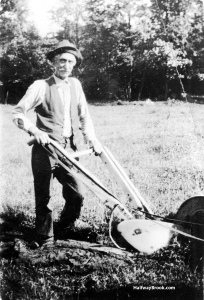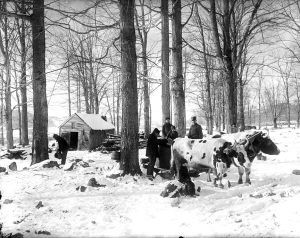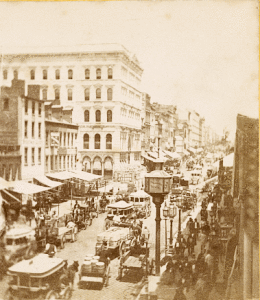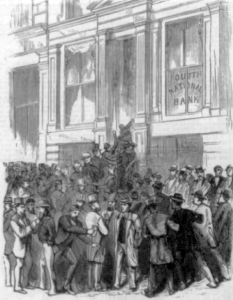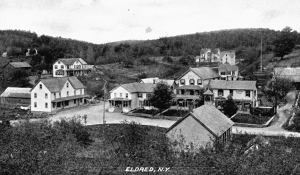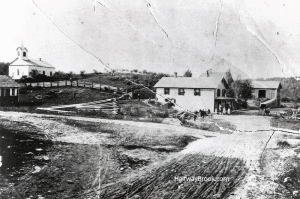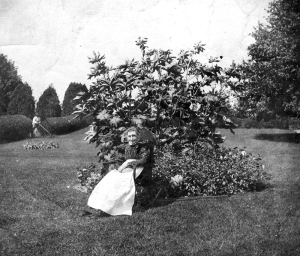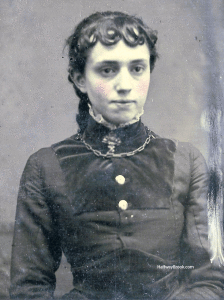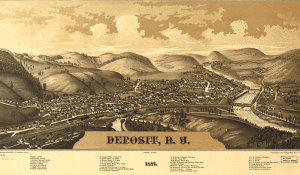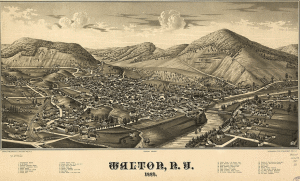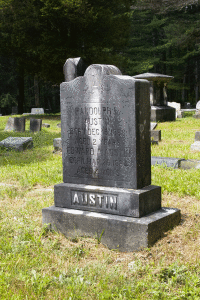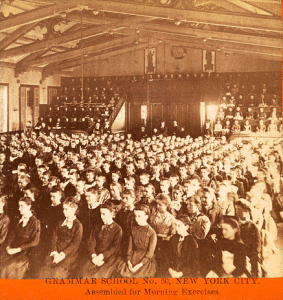
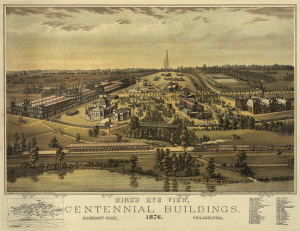
“I did not go to school this morning because I did not have time to learn my lessons on Saturday…”—The Mill on Halfway Brook, p. 188.
Emma was helping care for two-month-old Tommy, son of her cousin Addie. On March 30 Emma wrote Chester, “As it is impossible for me to be your friend, I hope for a place on the list of acquaintances,” but also asked when Chester would visit them in New York City. Chester replied on April 17.
Walton, New York, April 17, 1876
My Friend Emma,
Yours of March 30 came in due time, was perused with pleasure and now as it is not the least possible trouble, but a pleasure instead, as it has always been before, I will try and manufacture a short epistle which cannot fail to pass unnoticed the keenest critic….
But enough of this. Spring is knocking at the door, the birds returning again with their joyful songs. Every thing is pleasant without. How I would like to be a little time with them as Spring bursts forth bringing with it so many things that make us happy. What better time or more appropriate season could we choose to visit our friends.
As to coming to New York I have not yet decided. I am yet in Walton. I may stay here more than a month and in less than one week I may leave town. I don’t think I shall go to the Centennial. Continue reading


